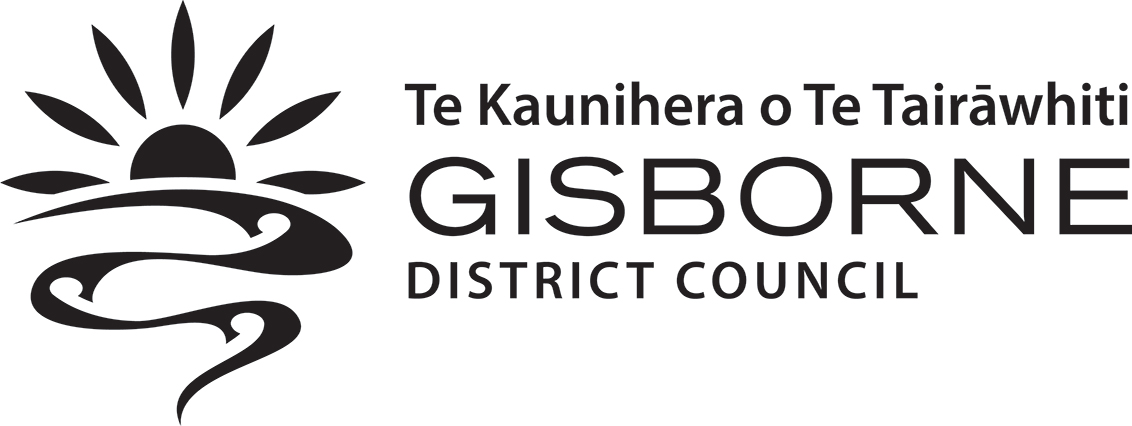27 June 2025
Today marks a strong step toward protecting our whenua and supporting sustainable land use with the launch of Transition Guidelines for Sustainable Land Use developed by the Transition Advisory Group (TAG).
The guidelines are a result of months of collaboration by the TAG – a locally led, cross-sector group made up of farmers, Māori landowners, forestry representatives, those with environmental interests and experts from Gisborne District Council and the Ministry for Primary Industries.
TAG was set up in 2024 to develop guidelines for transitioning erosion-prone land into permanent vegetation cover. The group is a direct response to the long-term erosion and land management challenges identified in the Ministerial Inquiry into Land Use.
Gisborne District Council Chief Executive Nedine Thatcher Swann says TAG has delivered essential work to determine local solutions for our region’s unique land issues.
“The group has done an outstanding job bringing together a range of perspectives to co-design a tool that’s practical, grounded in local expertise and future focused.”
“This work isn’t about quick fixes. It’s about setting a foundation for long-term change that reflects the needs of our whenua, economy and communities.”
Ms Thatcher Swann says keeping a wide range of voices around the table will continue to be key as the guidelines are rolled out.
“The guidelines are a shared achievement, created through open and sometimes difficult conversations across sectors. That kind of collaboration is crucial if we want meaningful long-term progress.”
Eastland Wood Council chair Julian Kohn said the region’s challenges have been built over decades—and will take just as long to fix.
“We support the land use transition principle,” he said. “But it’s important for our community to understand that the proposed land use changes are among the most significant the forestry sector has faced in 40 years.
“These proposed changes have serious implications for the viability of forestry in our district and are deterring future investment in Tairāwhiti.
“Forestry is deeply embedded in our region’s economy, social fabric, and environmental management.
“We value having some forest industry members at the TAG table and would welcome additional expertise to ensure these changes are implemented in a way that works for everyone.”
Dan Jex-Blake, TAG member representing farming interests, says the responsibility to act now lies within this generation.
“Cyclone Gabrielle gave us all a salutary reminder of the fragility of some of our landscapes and the enormous damage that our more highly erodible land can do when it enters our waterways.”
“The repercussions of this are that the damage and cost is not shared by just the landowner alone, but by all those who live downstream – our highly valuable flats, infrastructure, waterways, ocean and the businesses and communities that they support.”
“As a landowner with an intergenerational perspective and who is kaitiaki of some of that sensitive land, I firmly believe that it is beholden upon us to do the right thing and embrace the challenge of protecting this land so that generations to come are not continually left to pick up the cost and question why did their forebears not address this issue, when nature was so pointedly calling for change.”
Sam Rowland, General Manager for the Tairāwhiti Environment Centre, says the guidelines are a starting point for wider impact.
“These guidelines are a starting point for lasting community impact, driven by many sectors collaborating to heal Tairāwhiti’s economy, livelihoods and ecosystems. While progress has been made, there is still more work ahead to refine these guidelines and ensure they truly serve our community’s long-term well-being.”
Hilton Collier, Director of Tairāwhiti Whenua Collective, emphasises the need for balance in how land is managed.
“As kaitiaki, we take a long-term view of sustainable land use. We understand the relationship between whānau and whenua and the need to look after both in a much more balanced way. We must transition land use over time to ensure we achieve a more stable landscape and reduce the harm current practices have on our rohenga.”
The focus now shifts to sharing the guidelines with communities and supporting landowners to begin planning and implementation.
TAG is continuing to work on developing a regional business case and delivery plan to seek government funding and other investment. The aim is to support landowners with transition costs and enable long-term change.
Read the Transition Guide at gdc.govt.nz.
